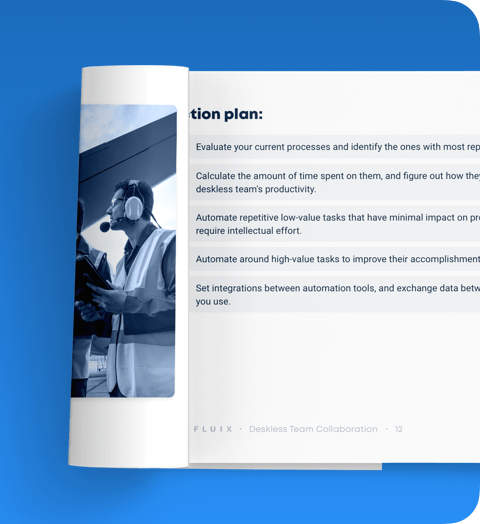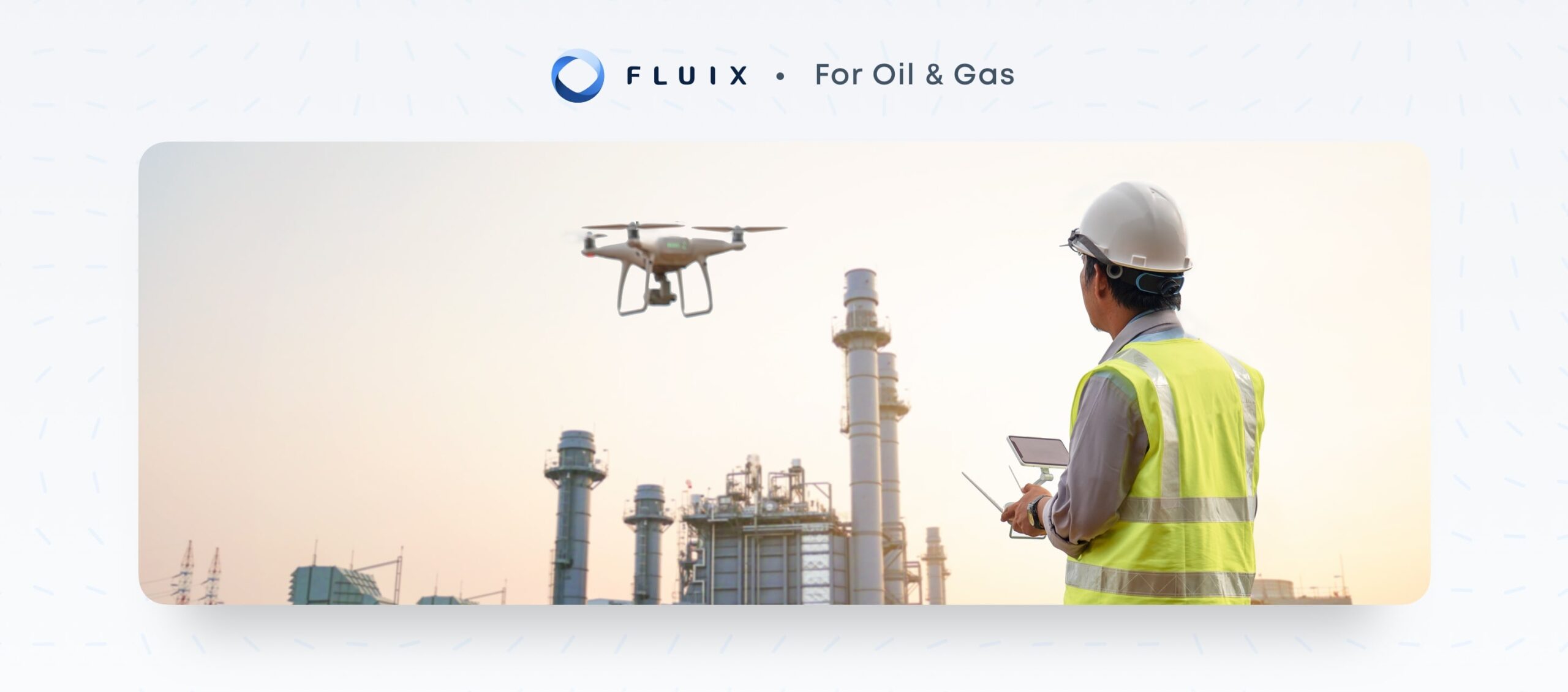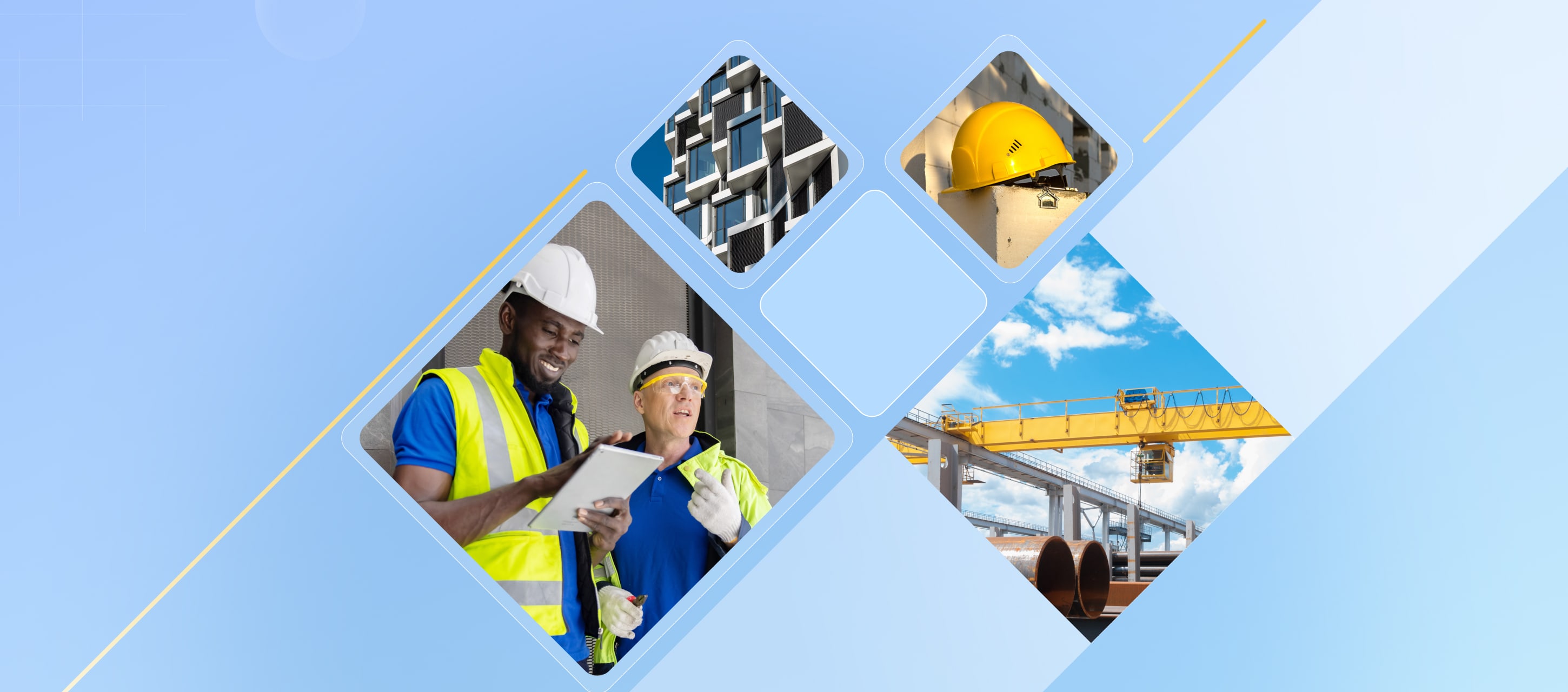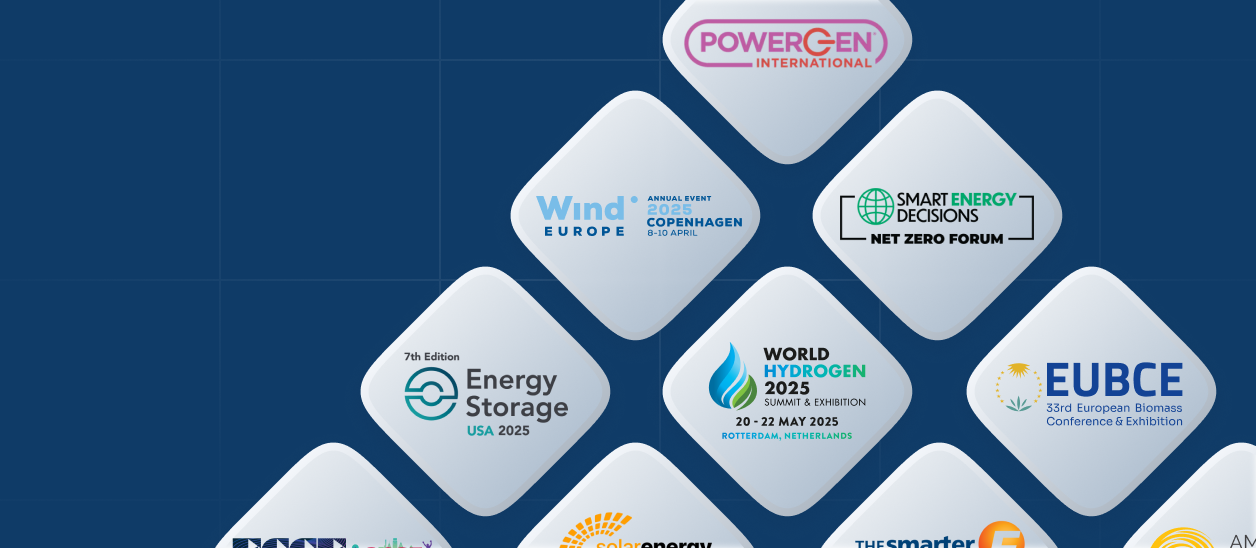Extractive industries stand to benefit from adopting digital technologies. Unmanned aerial vehicles or drones offer particular advantages in terms of increased worker safety and productivity for the mining, oil and gas industries.
Find out why large corporations in this sector are already using UAVs in the field and the benefits that drones can offer to extraction enterprises of any size targeting any type of resources.
Uses of UAVs in the Oil and Gas Industry
Adoption of UAV technology in mining, oil and gas trails behind other sectors. According to a joint report by PricewaterhouseCoopers and Drone Powered Solutions, drones have “untapped potential to deliver significant value” in open-cast mining and similar applications.
The value of this technology becomes even more clear in light of United States Bureau of Labor Statistics data indicating that the fatal injury rate among workers in the mining, quarrying and oil and gas extraction fields has been nearly four times the published injury rate for all workers.
UAVs have more and less obvious applications in extractive industries. Learn more about six of the most cost-efficient, productive and safety-oriented uses of drones in resource mining, oil and gas. In addition to selecting the right drone, enterprises that consider adopting UAV technology should also determine who will operate drones and how aerial data will be backed up, stored and accessed for use in extractive analysis.
1. Exploratory Drone in Mining Applications
Drones function as eyes in the sky for extractive enterprises. The exploratory applications of this technology are based on the ability of UAVs to cover large areas in short spans of time while capturing still images, video footage and sensor readings. Here are some of the most compelling applications for drones in the mining, oil and gas sectors:
- Location Scouting: Using drones to scout new locations for wells or pipelines is faster and easier than conventional methods.
- Geological Surveys: Surveys of rock units and other geological features are essential for extractive industry and can be conducted more quickly and thoroughly with imaging equipment and sensors carried by drones.
- Structure Monitoring: The condition and efficient use of structures such as storage tanks, oil rigs or pipeline infrastructure can be observed on a regular basis with UAV technology.
- Site Inspections: Drones can carry measurement and thermal imaging systems to obtain accurate data more quickly and in a less labor-intensive manner than is possible during manual site inspections.
The ability to find new locations and create maps and topographies for geological surveys is one of the most time- and labor-saving applications for drones in extractive sectors. The cost effectiveness and prioritization of safety that accompany the use of drones to monitor structures, such as large storage tanks, rigs or other sites that are remote or pose safety risks, also recommend the implementation of UAVs for exploration oriented toward resource mining.
Best Practices for Deskless Collaboration
- A guide & action plans
- 5 templates
- 10 tools
- 25 reflection questions


2. Oil and Gas Drone Inspection Protocols
Drone technology can facilitate the implementation of inspection protocols geared towards limiting injury or loss of life caused by exposure to highly combustible substances that can also cause contamination. Checklists are useful for ensuring that drones are properly calibrated and equipped with the right equipment for gathering visual or sensor data that indicates the condition of installations.
Existing inspection protocols should be updated to account for the use of drones. At the same time that drones distance human inspectors from potential dangers associated with resource extraction, storage, processing or refinery equipment, new safety measures may need to be implemented through the training of drone operators or the programming of flight paths that take into account the dimensions of installations and potential risks associated with the use of UAVs.
3. Hazard Detection Drones in Oil and Gas
The ability of drones to distance personnel from hazards can promote the safety of engineers and technicians. Drones can make occupations that would otherwise pose significant risks of occupational injuries or loss of life safer. The reduction in immediate risk levels that drones offer to trained professionals working in extractive fields is a major factor driving the gradual increase in adoption rates of UAV technology in the oil, gas and mining fields.
The main benefits of drones for detecting hazards center around the accurate and timely observation of potential or known risks. Here are some of the most relevant applications of UAVs for obtaining useful safety data:
- Visual and Sensor Data: A combination of still images, video footage and sensor readings from imaging and measuring devices can be obtained from processors and digital storage units carried by drones.
- Reduced Risk of Personnel Injuries: Detecting hazards can reduce the risk of injuries to personnel by allowing for remote inspections of risk-prone installations.
- Timely Detection and Mitigation: Using drones for regular monitoring and fast emergency response at extractive sites can make it possible to prevent or limit the extent of damage caused by fires, explosions or leaks.
- Limited Staff Requirements: Drones can be helpful for scaling back staffing requirements and enabling oil, gas or other resource mining professionals to do work that previously required more sizable investments in workers and equipment.
Mainstream drones and robotics may not be able to complete repairs of extractive equipment, but this UAV technology can increase awareness of the status of equipment or machinery and enable trained professionals to take appropriate safety measures, such as wearing adequate personal protective equipment, for maintenance or repairs.
4. Structure Monitoring Drones in Mining
Drones make monitoring structures at all times and under all conditions more economically viable and practical. Rather than having to charter manned aircraft or build infrastructure, such as scaffolding, to allow for manual inspections, extractive enterprises can regularly dispatch drones on programmed flight plans to monitor structures.
Regular monitoring of the infrastructure involved in the extraction, storage, processing or transportation of oil, gas or other resources allows for earlier detection of issues or potential problems. Timely data can allow for preventative maintenance or risk-reduction measures that reduce occupational hazards and the potential for unexpected disasters to strike on fields, rigs or other sites.
5. Drones for Oil and Gas Data Collection
Data drives efficient operations in extractive industries. The ability to gather data with cameras and sensors carried by drones can inform decisions regarding new and existing sites, equipment and infrastructure. Industrial drones are designed to transport advanced technology that surpasses commercial UAVs for field use in extractive sectors.
In order to collect data, a drone will need to carry digital storage as well as the equipment needed to accurately observe conditions on a site. The systems on a drone should be properly calibrated to collect the most accurate data and ensure the data is readily usable by analysts or other stakeholders.
6. UAVs for Mining Pile Inspections
In some mining applications, piles are formed that are subject to regulatory requirements. Drones can be deployed to inspect standard features of mining sites, such as open pits and stockpiles, with less risk to engineers and technicians. Less manpower is necessary to inspect or monitor these features, and less risk is posed than if workers had to climb onto piles during inspections.
Rangefinders and measuring equipment can be used to measure the precise height and slope of piles and to monitor tailings walls. The accuracy of remote measurements taken with UAVs can surpass manual measurements obtained by workers under risky conditions.
Increasing Adoption of UAVs for Mining
Mining, oil and gas industries are slated to see the adoption of UAV technology increase over the next several years. Growing demand for production makes the ability to monitor and respond to situations more quickly than manual inspections allow an appealing feature. The opportunity to obtain and manage high-quality natural resource data can also keep companies competitive by offering advantages in terms of increased accuracy, productivity and safety. Learn more about how Fluix facilitates field inspections for mining and extractive enterprises.







